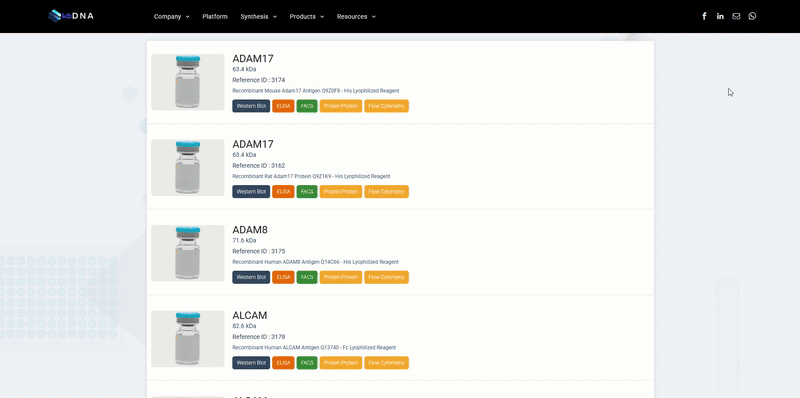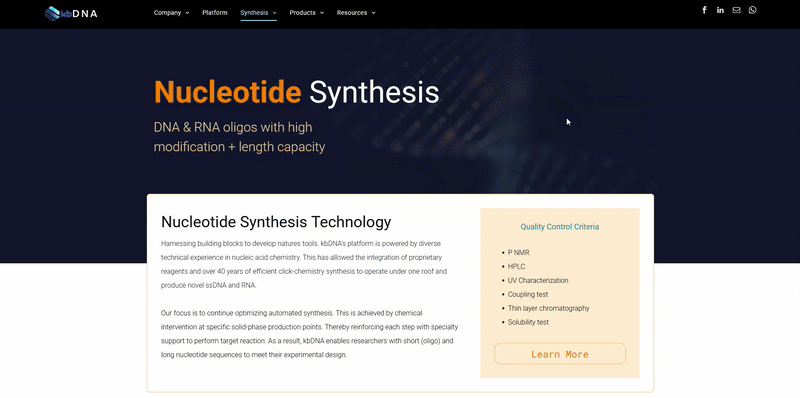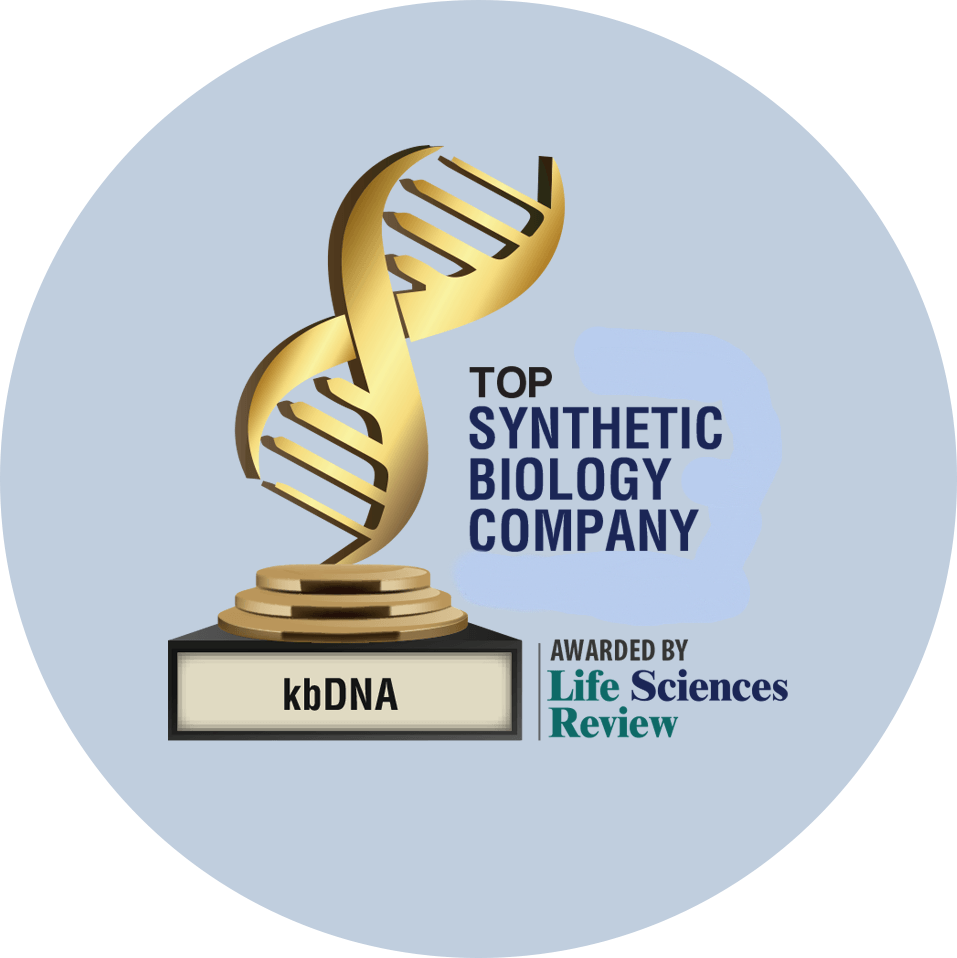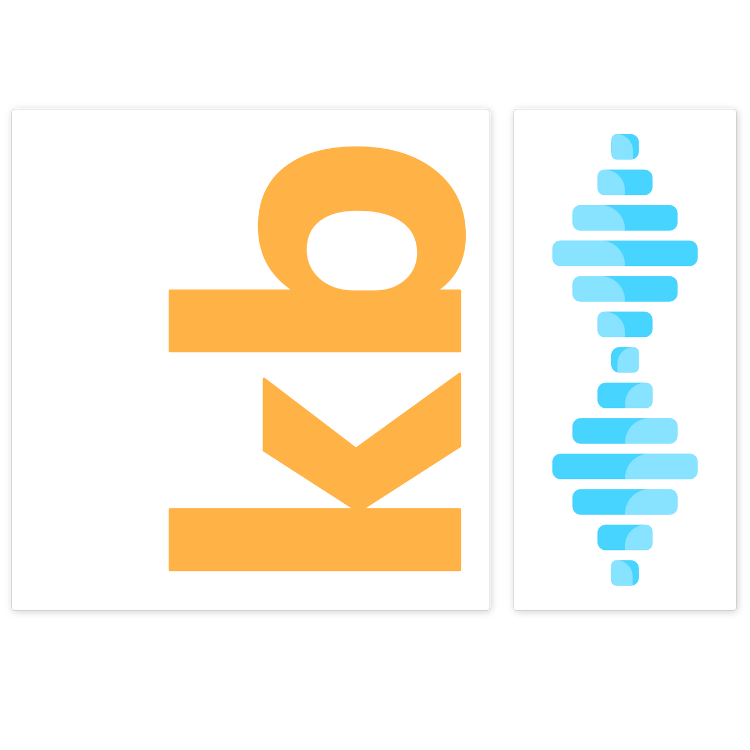Cytokine that binds to TNFRSF6/FAS, a receptor that transduces the apoptotic signal into cells (PubMed:26334989, PubMed:9228058). Involved in cytotoxic T-cell-mediated apoptosis, natural killer cell-mediated apoptosis and in T-cell development (PubMed:9228058, PubMed:7528780, PubMed:9427603). Initiates fratricidal/suicidal activation-induced cell death (AICD) in antigen-activated T-cells contributing to the termination of immune responses (By similarity). TNFRSF6/FAS-mediated apoptosis has also a role in the induction of peripheral tolerance (By similarity). Binds to TNFRSF6B/DcR3, a decoy receptor that blocks apoptosis (PubMed:27806260). {ECO:0000250|UniProtKB:P41047, ECO:0000269|PubMed:17557115, ECO:0000269|PubMed:27806260, ECO:0000269|PubMed:7528780, ECO:0000269|PubMed:9228058, ECO:0000269|PubMed:9427603}.; Tumor necrosis factor ligand superfamily member 6, soluble form: Induces FAS-mediated activation of NF-kappa-B, initiating non-apoptotic signaling pathways (By similarity). Can induce apoptosis but does not appear to be essential for this process (PubMed:27806260). {ECO:0000250|UniProtKB:P41047, ECO:0000269|PubMed:27806260}.; FasL intracellular domain: Cytoplasmic form induces gene transcription inhibition. {ECO:0000269|PubMed:17557115}.












